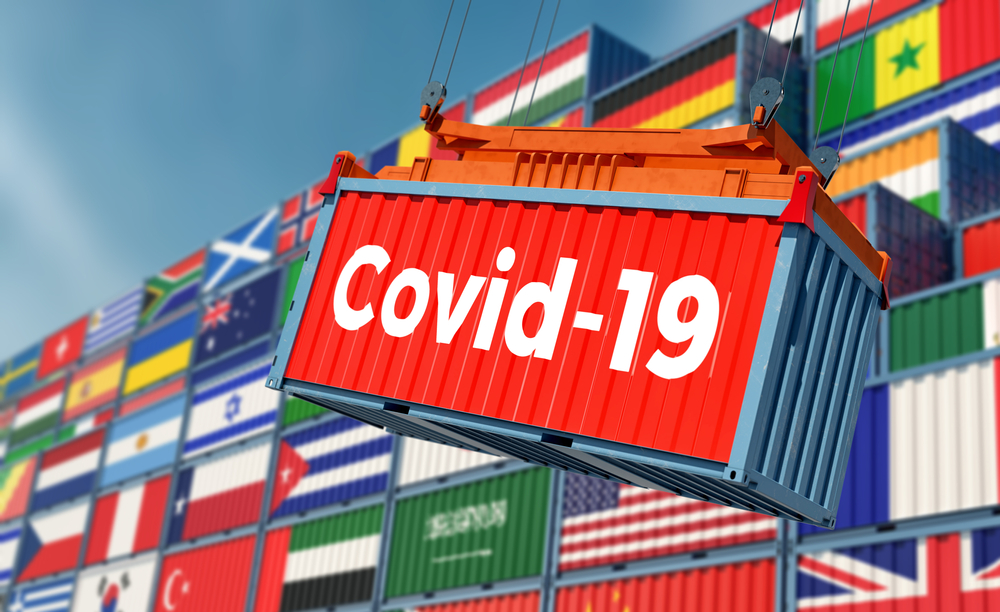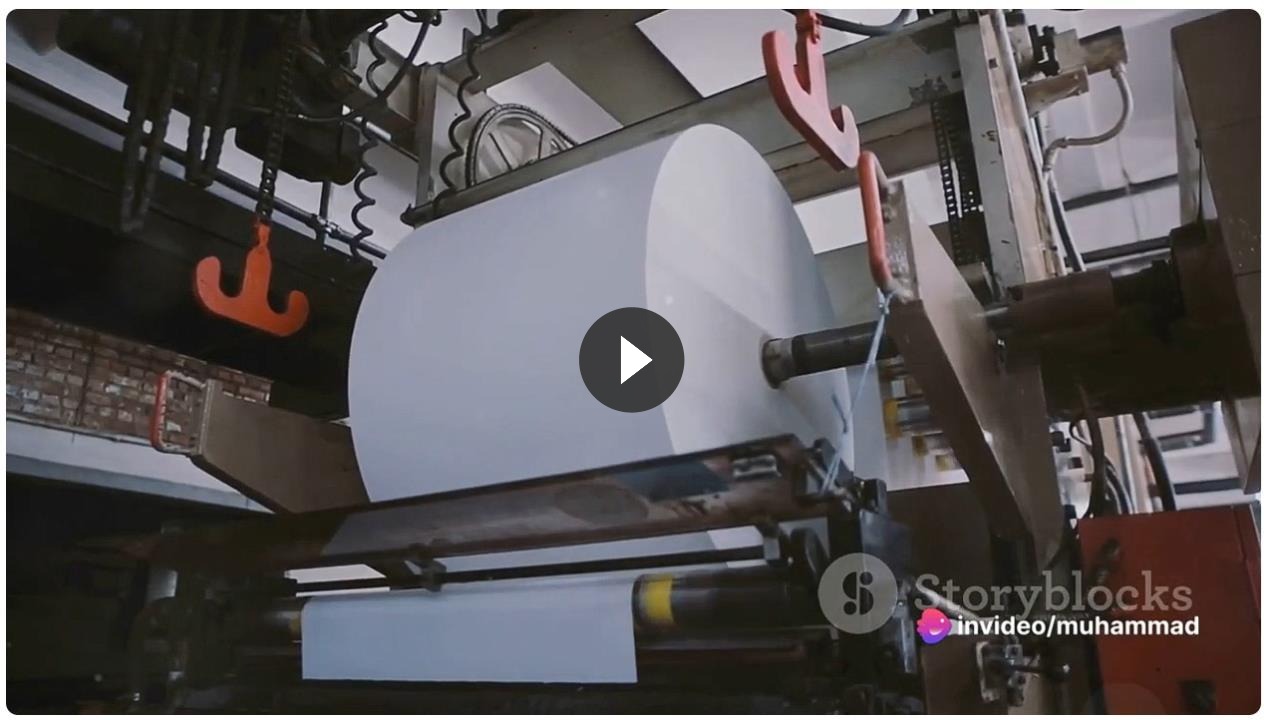7 Reasons to Use AI in Printing

The printing industry has undergone a major evolution in recent years, fueled by advances in artificial intelligence (AI). Beyond transforming graphic design, AI is now changing production and warehouse operations by improving productivity, streamlining workflows, and fostering creativity and personalization. This smart technology is redefining how print businesses achieve operational efficiency and innovation.
Exeter-based Rapid Fusion has introduced an AI-powered print assistant to enhance the capabilities of its robotic additive manufacturing systems. Developed to support customers producing intricate components, the solution leverages AI to optimize performance for industries including the automotive market, aerospace engineering, construction, medical, and military. This innovation aims to streamline complex printing processes and maximize efficiency across advanced manufacturing solutions.
Nicknamed "Bob," the Base of Build has been rolled out to existing clients after months of product development, analysis, and live testing. The AI-driven assistant is designed to enhance robotic operations, giving operators greater control, simplifying use, and reducing downtime through proactive maintenance.
Rapid Fusion’s future-ready, extensive knowledge bank, packed with 3D printing expertise, is available in both secure cloud-connected and offline air-gapped setups to meet the needs of military or IP-sensitive clients. It integrates seamlessly with the company’s existing systems, including Apollo and Zeus, as well as the latest Medusa model, a UK-built large-format hybrid 3D gantry printer.
The system offers advanced smart extrusion readiness, leveraging thermal analysis to track live temperatures across four heating zones. Using rolling stability windows and pre-set safety thresholds for each material, it provides certainty-rated start/stop decisions based on precise heating and cooling profiles.
Meanwhile, its material composition analysis extends to a wide range of substances, including carbon fiber composites and high-temperature polymers, ensuring precise handling and optimized performance for diverse printing materials.
Bob will have two user tiers: a super user level for trusted partners or universities to guide and refine Rapid Fusion’s processes, and a standard version set for release in early 2026 for all system owners.

(Also read: 8 Reasons Why You Should Use AI for Improving Factories)
7 reasons to bring AI into your printing workflow
Industrial manufacturing is rapidly evolving, with automation and digital technologies driving efficiency, while print manufacturers embrace AI as a key growth enabler.
1. Smarter design, consistent color
AI in print manufacturing improves both productivity and creativity. It automatically optimizes color across devices, sharpens customer images, and refines design layouts, ensuring consistent, high-quality prints through visual inspection. By handling routine tasks like templates and imaging adjustments, AI saves time, reduces waste, and allows designers to focus on creative innovation.
2. Large-scale personalization
From direct mail and brochures to custom catalogs, AI can tailor content and design for manufacturing to individual preferences, boosting engagement, economic value, and response rates. Beyond speed, AI makes print smarter, enabling targeted campaigns and meaningful personalization that strengthen connections and deliver measurable results for every audience.
3. Predictive maintenance
AI-driven predictive maintenance helps print manufacturers stay one step ahead by monitoring real-time sensor data and machine performance. Anticipating potential issues reduces unexpected downtime, lowers repair costs, and extends equipment lifespan. The result is smoother operations and consistent output, giving manufacturers confidence and peace of mind.
4. Quality control
AI-powered cameras and sensors monitor prints in real time, detecting imperfections, color variations, and misalignments as they occur. By automatically correcting errors on the spot, this technology reduces waste and ensures top quality across every product. Printers can deliver flawless results faster, saving materials and boosting overall production reliability.
5. Data security
AI detects unusual patterns in data traffic that may indicate breaches and can suggest or take corrective actions. By enforcing user authentication and monitoring the printing of sensitive materials, AI helps prevent security incidents, protect confidential information, and maintain a safer, more reliable production environment.
6. Workflow improvement
Streamline workflow with AI by automating print production from customer inquiry to finished product. Tasks like prepress setup, file correction, job routing, and inventory management are handled efficiently, reducing errors and downtime. This smart automation saves costs, increases productivity, and allows teams to focus on delivering high-quality prints.
7. Sustainability
AI is helping the printing industry become more sustainable by reducing waste and saving energy. It can suggest eco-friendly materials, monitor machines for predictive maintenance, and minimize scrap. By promoting responsible practices, AI supports greener operations while meeting the growing demand for environmentally conscious solutions in modern print manufacturing.
(Also read: Additive Manufacturing Gets a Boost This 2025)
Emerging trends in print manufacturing
The print manufacturing industry is undergoing a major transformation, driven by sustainability goals, digital innovation, and smarter automation.
- Eco-friendly printing
A defining shift in global manufacturing is the rise of sustainable 3D printing. Companies are embracing eco-friendly materials such as bioplastics, recycled filaments, and responsibly sourced compounds to reduce waste and carbon impact. From polylactic acid made from corn starch to durable recycled plastics, these innovations are driving a cleaner, more circular production model.
- 4D printing
4D printing is taking innovation further by using smart materials that respond to heat, light, or moisture, allowing objects to shift shape, self-heal, or adapt over time. Industries are exploring their potential, from medical stents that expand inside the body to self-assembling structures that could revolutionize how products are built and maintained.
- New material choices
The next wave of print manufacturing is defined by the creation of smarter, stronger materials that expand their industrial potential. From lightweight composites to heat-resistant ceramics, these innovations allow for greater precision and performance. Industries are now using 3D printing not just for prototypes, but for durable components and specialized, high-functioning products.
- 3D bioprinting advances
Healthcare is entering a new era with the rise of 3D bioprinting, where living tissues and patient-specific implants are created through advanced printing techniques. Already used for research and drug testing, this technology is moving closer to producing functional organs. Its progress could ease organ shortages and redefine personalized medicine in the years ahead.
- Wider industrial applications
Once limited to specialized uses, 3D printing now drives innovation across diverse industries. It’s reshaping healthcare, construction, aerospace, and fashion by enabling faster production, lower costs, and less waste. From bioprinted tissues and modular homes to lightweight aircraft parts and custom fashion pieces, 3D printing is transforming how products are designed and manufactured.
AI in printing is here to stay
Artificial intelligence is breathing new life into the printing world, making design and production smarter, faster, and more creative than ever. From predictive maintenance to personalized designs, AI enhances efficiency while supporting sustainability. As this technology continues to flourish, it’s clear that AI isn’t a passing trend—it’s shaping the future of printing.
As one of the Top 20 EMS companies in the world, IMI has over 40 years of experience in providing electronics manufacturing and technology solutions.
We are ready to support your business on a global scale.
Our proven technical expertise, worldwide reach, and vast experience in high-growth and emerging markets make us the ideal global manufacturing solutions partner.
Let's work together to build our future today.
Other Blog




